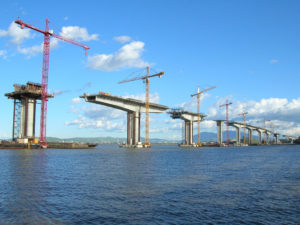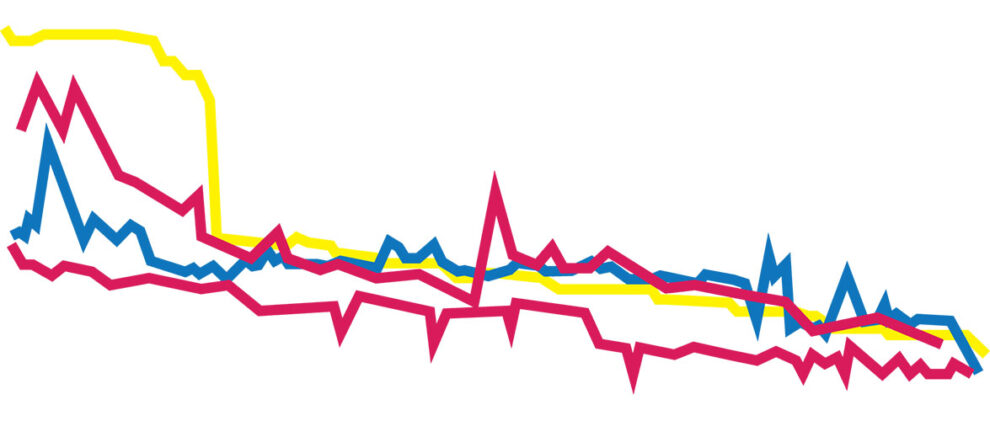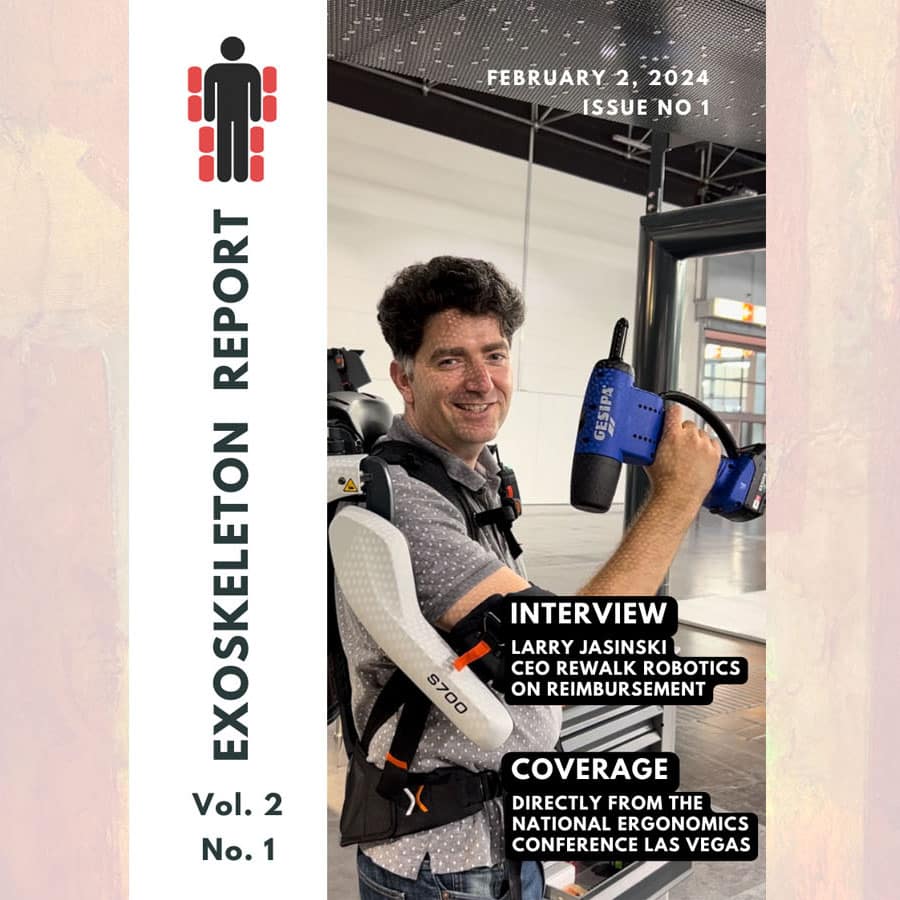There are currently a dozen exoskeleton companies that are publicly traded. They are:
- Activelink/Panasonic
- Bionik Laboratories
- Cyberdyne
- Ekso Bionics
- Honda
- Hyundai
- Lockheed Martin
- Parker Hannifin
- Rewalk Robotics
- Samsung
- Toyota
- REX Bionics
For a quick investment centered overview of each, see Nanalyze: 9 Robotic Exoskeleton Stocks For Investors to Try On. Out of twelve, only five of them are dedicated exoskeleton companies. For the remainder, their exoskeleton divisions are tiny compared to the overall business. We can safely assume the exoskeleton research has had little visible impact on the stock of the larger companies. The smaller, dedicated for wearable exoskeletons companies are:
- Bionik Laboratories
- Cyberdyne
- Ekso Bionics
- Rewalk Robotics
- REX Bionics
The five publicly traded dedicated exoskeleton companies represent less than 10% of all exoskeleton companies that either have or are close to having a product on the market (see List of exoskeleton companies, businesses and startups). Ten percent is a good sample size to use to measure the pulse of the exoskeleton industry.
As of the first third of 2017, all of the dedicated exoskeleton companies are trading below their all-time highs. There appears to be an overall negative trend.
2017 has not been kind so far
What can we learn?
First, failing competition in an emerging market is not good. ReWalk, Cyberdyne, Bionik Labs, REX Bionics, etc… are competitors to each other. This is true in the sense that they are fighting for a market footprint and to prove that their approach is the best. Do we need variable assistance with cloud connectivity, FES integration, bioelectrical signal control, or just a lower weight device without a large backpack? But these companies are also the face of the industry. It now seems clear that investors, regulators, and insurers see these differences as minor. They are all gait rehabilitation exoskeletons. If one of these companies does poorly, people are not investing in another exoskeleton company. They will instead pull out of this industry altogether. If you tell people you are making toasters, but all of your competitors that are making toasters are in the dumps, then maybe now is not the time to be making toasters?

Second, with the market being so hot, investors are seeing opportunities elsewhere and do not want to play the long game. Selling exoskeletons in massive quantities is not like selling a toaster. For a toaster you will need: invention, patents (to protect your invention), engineering optimization, 3rd party safety validation, distributors and interested buyers. For exoskeletons there is an added hurdle: FDA regulations, 3rd party testing that looks at the human-machine interactions, understanding what is an acceptable risk (did you know that hundreds of people die from toaster fires each year), insurance coverage (both liability and unit subsidy), clear ROI strategy and best use practices. There are just more dots that have to be connected before the exoskeleton companies can start selling units in large quantities. This is like building a bridge that connects the manufacturers to the consumers. Until all of the sections are complete, traffic will not flow.
Third, miscommunication is still a problem for the industry. For example, the launch of the Ekso Pulse cloud software did not get media coverage, while Yahoo lists Ekso Bionics as missing expectation targets when the chart right next to the article headline shows the company exceeding estimates. Especially in the time of Trump, people want some stability and the exoskeleton industry is still very confusing for initiates.
What is the Solution?
While exoskeleton companies are competitors with each other, they are also running into some of the same problems. It is becoming more apparent that developer can benefit if they start pulling their resources together on issues such as: nomenclature, standards, consistent 3rd party testing, uniform reporting, lobbying for insurance coverage, clarification of capabilities and limitations, etc…
The soon to be held WearRAcon17 is the only wearable robotics conference with a focus on the business side of the industry. The speakers list alone features CEOs and representatives from twenty of the leading organizations in the field. The conference will take place this April 2017 and will be an unique opportunity for industry leaders from all over the world to come together and discuss how to make business more accessible to investors, regulators and customers alike.




A more analytical article regarding the financial position of the global leading robotic companies would be very interesting!
Thank you for the suggestion. Is there anything specifically that interests you? Most of the analytical data can be found on google or yahoo. It is the overall trends that are hard to judge.
Are there any mutual funds dedicated to exoskeletons, as part of robotics?
No, at least not to the knowledge of anyone at the Exoskeleton Report at this time.
I just saw a CBS news story on exoskeletons, I think the company was Ekso Bionics who has arranged a contract with a large company- would like to invest some money-do you have a recent investiment analysis on the exoskeleton industry as a whole
Hi Ellen, you are probably thinking of Ford expanding their testing of the Ekso Works Vest to 15 factories. The Exoskeleton Report was working on a business market report for the exoskeleton industry at one point but those efforts have been shelved for the time being.
Following the Ford coverage, I searched the subject and found this site. It never ceases to amaze me how frequently the Internet meets my exact need for information. A very informative site. Thanks to the authorship team. Your reference to toasters is well taken but likelihood that this technology in some form will become a major player eventually may influence my motivation toward an early investment. The question is which company? I suspect merger to survive the growth stage may be the only strategy open to the stand-alone entrepreneurs.
Hi Paul, you have a good question, where to invest? In reality, only a small handful of the exoskeleton companies are currently public, and the ExR team doesn’t know which will make it big and which will disappear. The reality is that it takes more than just patents and a good product to make a successful company. One note, however, is that a person could also invest in the parallel industries that link up with exoskeletons and exosuits like wearable sensors, big data analysis, safety equipment, etc…
The ExR team doesn’t have any specific investment recommendations and the above is just an opinion.